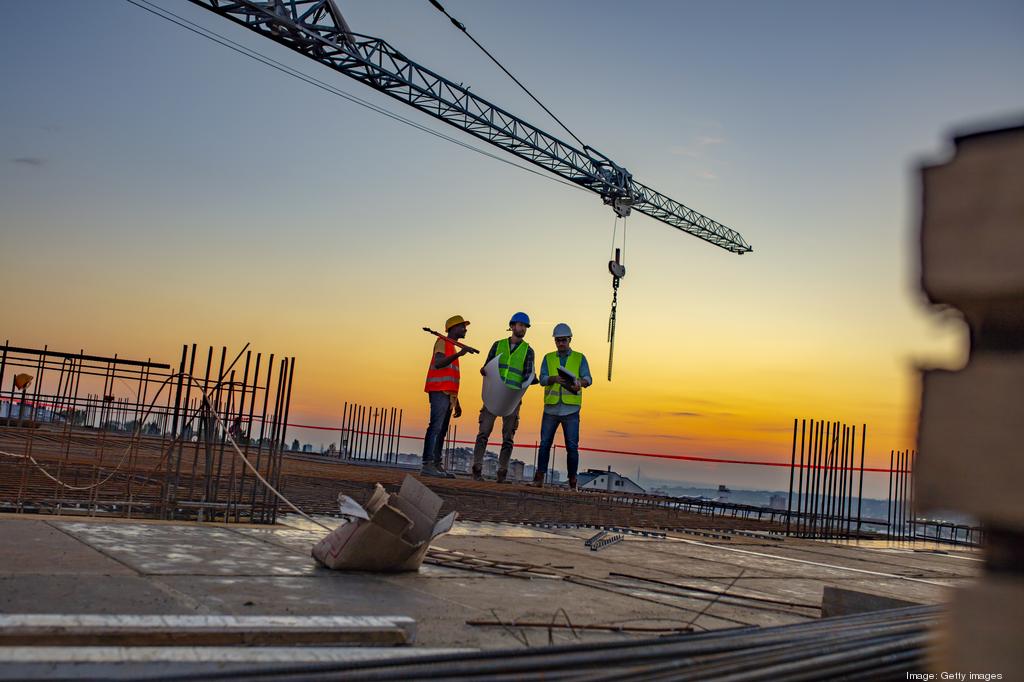Construction companies turn to untapped labor pools amid workforce shortage
September 8, 2022
Although workforce challenges in construction are hardly new, some in the industry report success with recruiting from different labor pools and thinking about workforce needs more holistically.
A recent workforce survey conducted by the Associated General Contractors of America and Autodesk Inc. (Nasdaq: ADSK) found 93% of construction firms report having open positions they are trying to fill. Among those firms, 91% are struggling to fill at least some of those open positions, particularly ones requiring a craft workforce that performs the bulk of onsite construction work.
AGC and Autodesk conducted the survey in late July and early August, with nearly 1,300 firms responding.
August's jobs report showed some loosening in the national construction labor market, although only marginally. The industry added 16,000 net jobs last month, according to an Associated Builders and Contractors analysis of U.S. Bureau of Labor Statistics data.

On an annual basis, industry employment increased by 311,000 jobs, or 4.2%, last month. The construction unemployment rate rose in August, to 3.9%, but the market remains tight.
Ken Simonson, AGC chief economist, said during a media call discussing the AGC-Autodesk survey the results were nearly identical across different sets of companies — union and open-shop contractors alike, ones of varying revenue sizes and that work in different regions.
"Most job candidates simply are not qualified to work in the industry," Simonson said, adding a candidate's inability to pass a drug test was included in the survey as a challenge in finding qualified candidate.
Construction companies are having to boost investments in internal training programs to address skill gaps. Forty-seven percent of survey respondents say they're boosting spending on training and professional development programs, 25% are enhancing online and video-training capabilities, and 16% are using augmented and virtual-reality technology to better train workers.
Twenty-nine percent of respondents say they've lowered hiring standards for things like education, training, employment, arrest record or drug use.
The construction industry's workforce challenges may worsen, as a growing number of baby boomers retire. The average age of construction workers is 42.3, according to the BLS.
Like other industries with hiring challenges, contractors have increased pay (86% of survey respondents), provided incentives and bonuses (45%) and improved benefits (24%) to hire and retain workers.
The average hourly earnings among all employees in construction was $34.82 in August 2022, compared to $33.08 in August 2021 and $31.41 at the start of the pandemic in March 2020, according to Federal Reserve Economic Data.
Stephen Sines, vice president of operations at The Morganti Group Inc.'s Southeast office, said during the call internal referrals have proven to be an economical and effective way to recruit workers.
Recruiting workers outside of Florida — where Sines is based — is also taking place, as well as ramped-up recruitment efforts at colleges and universities.